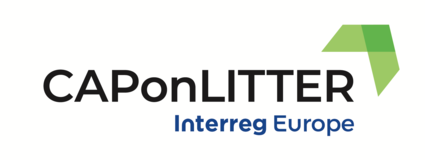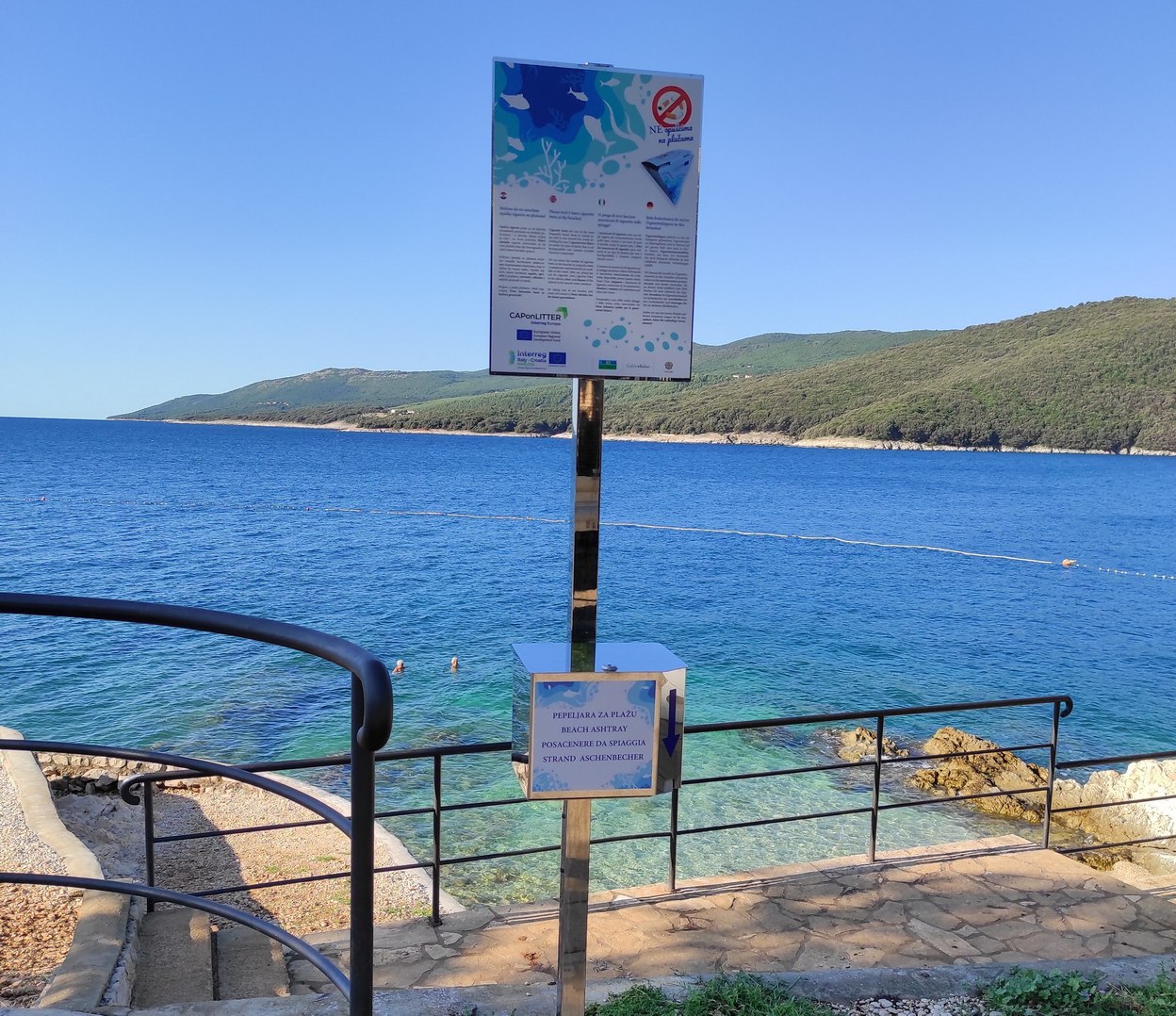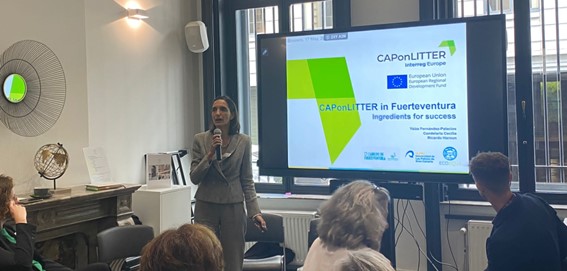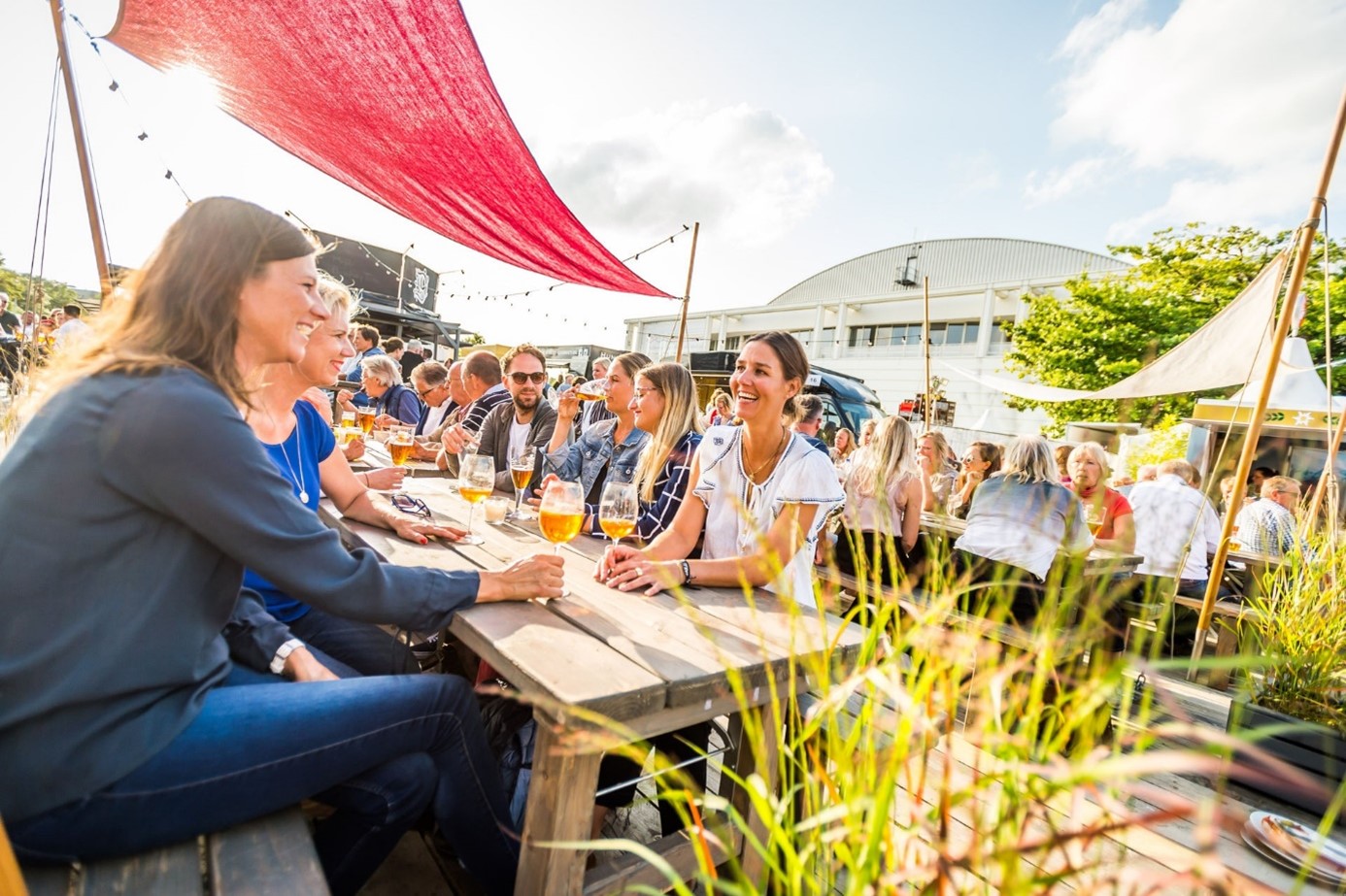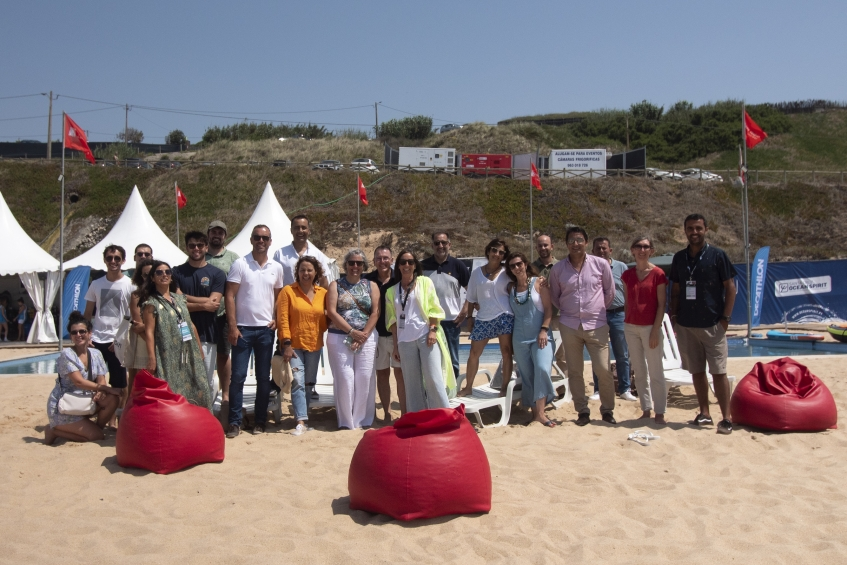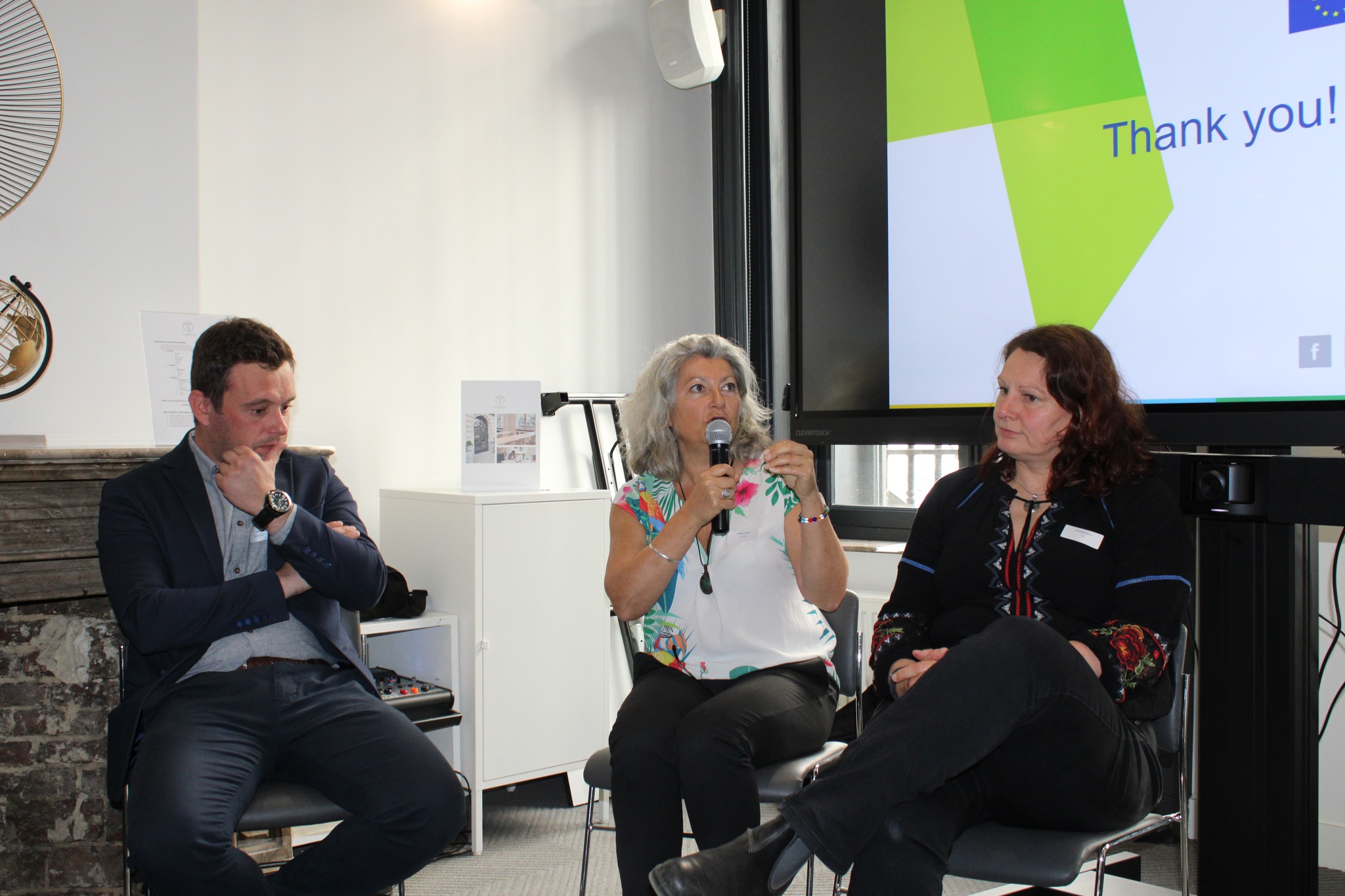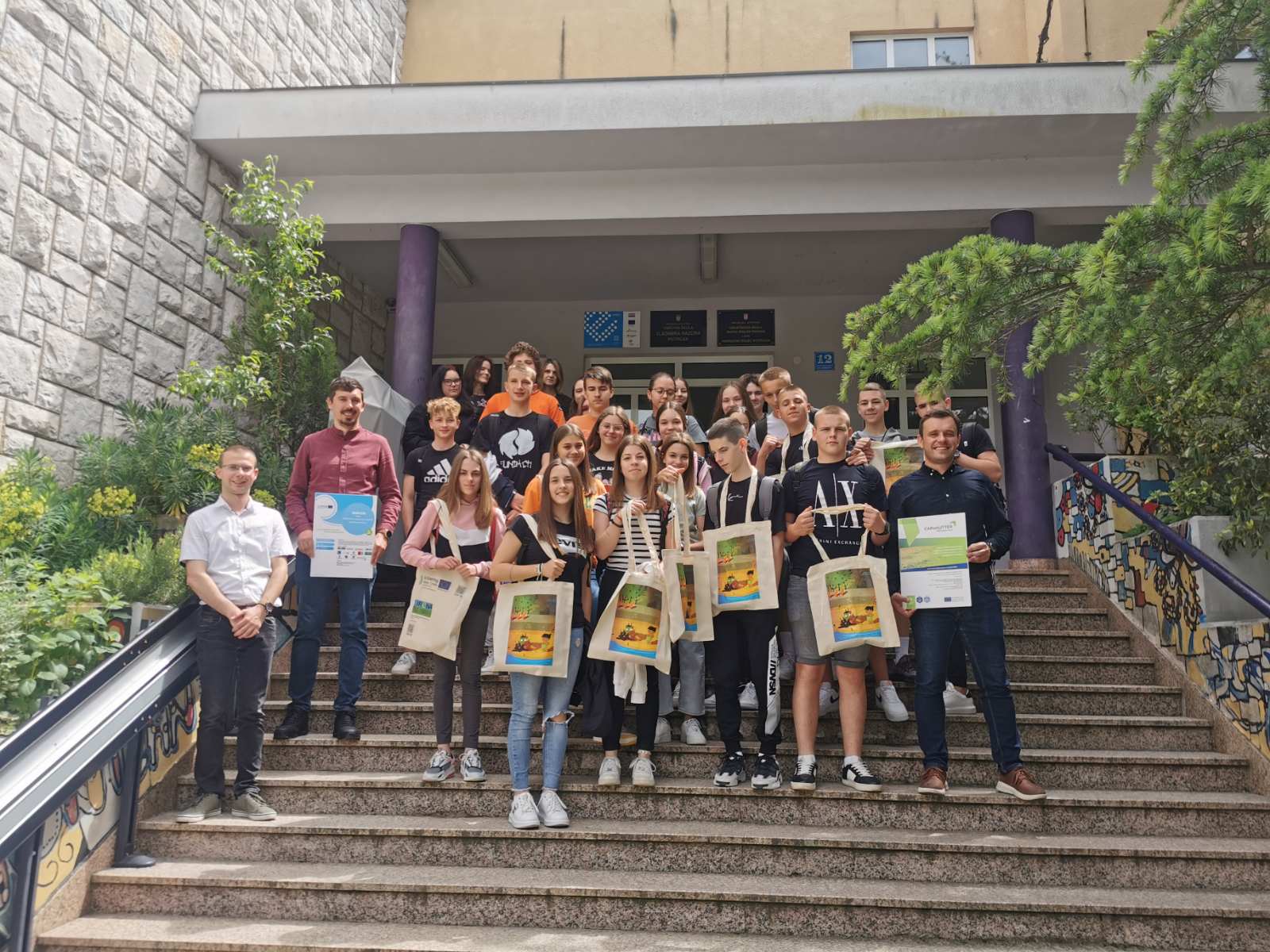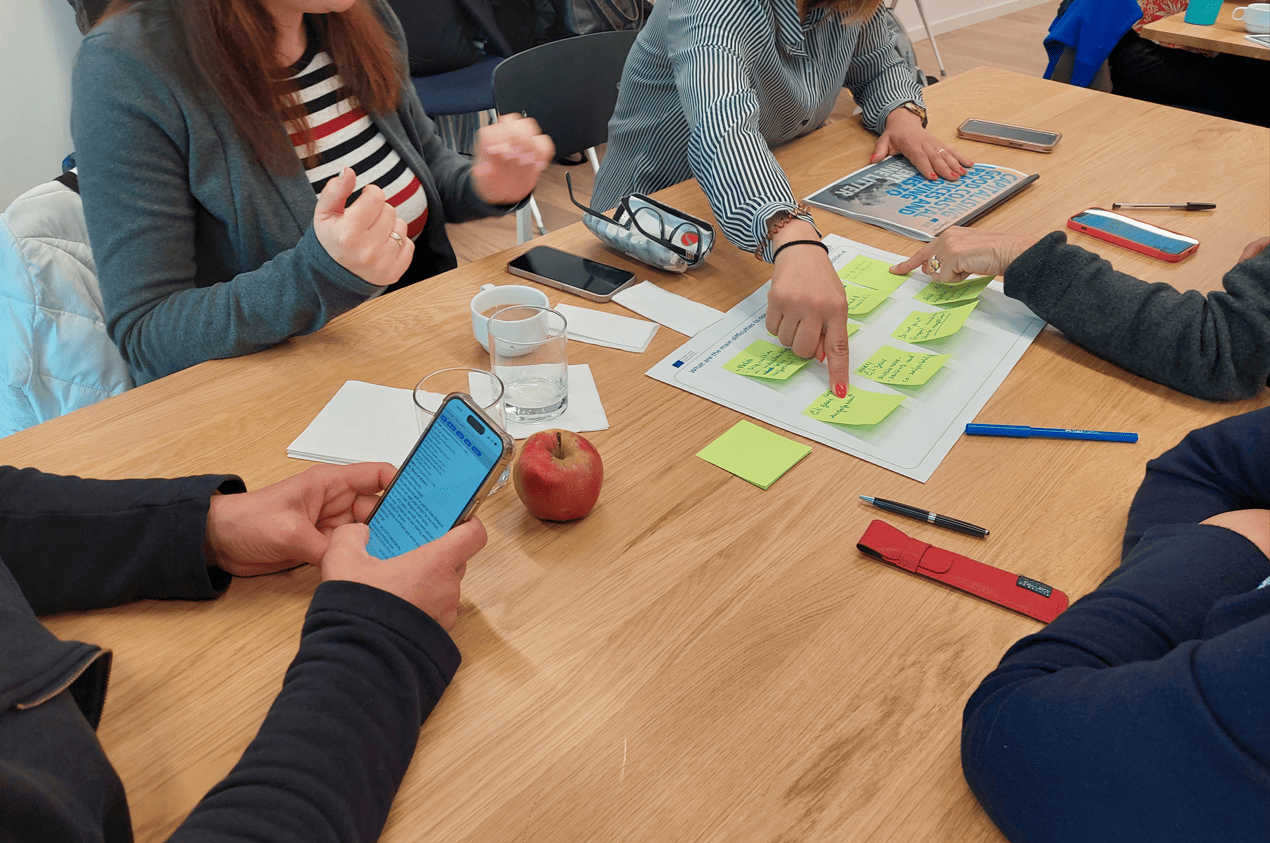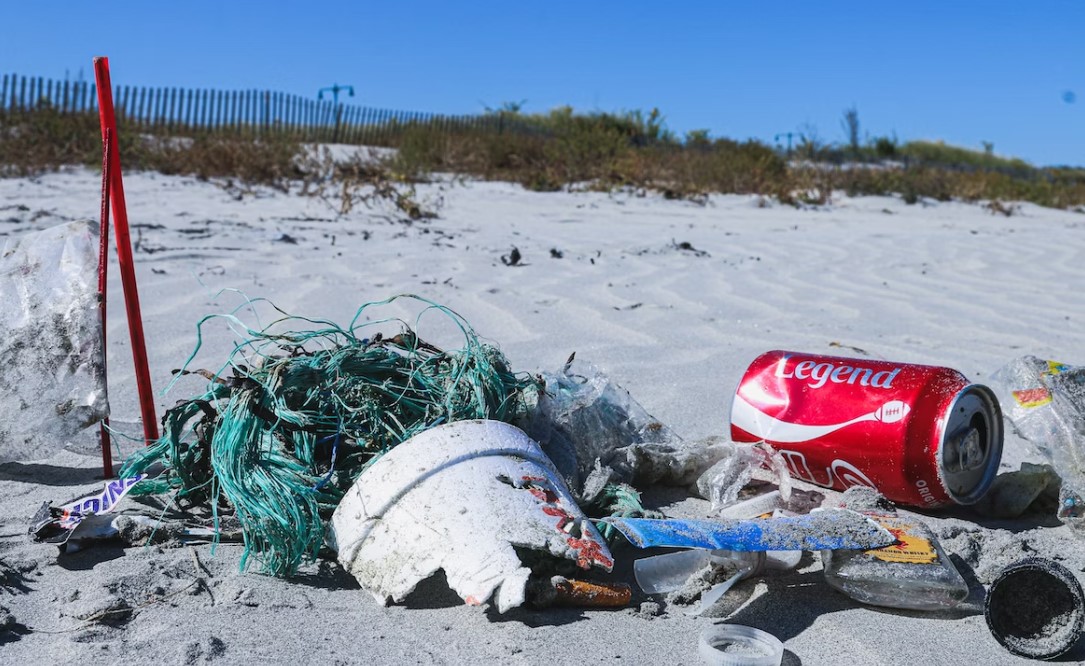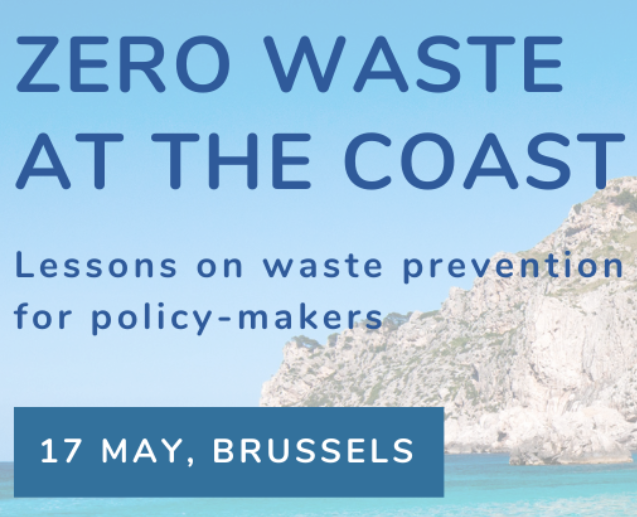By Naja Andersen, Senior Policy Advisor, Oceana Europe
Summer is here which means people will start flocking to the beach to enjoy the sun. Whilst there is no problem at all with this, there is a problem with all the single use plastic that comes with the food and drinks we consume on the beach and elsewhere.
Used for a short period of time and then immediately thrown away, packaging is practically unavoidable in the everyday life of an average European citizen. Sadly, a significant amount ends up polluting our oceans, where it lasts for centuries, harming not only to marine animals but also to the seabed and its key habitats.
At Oceana, we work to document the effects of plastic pollution in the marine environment and advocate for policy changes that significantly reduce our reliance on single-use plastics.
Throw-away culture: the example of single-use coffee cups
A good example of our throw-away consumption is the single-use coffee cup. Globally, over 500 billion disposable cups are consumed annually, of which between 250 and 300 billion are plastic-lined paper cups. They are used for an average of 15 minutes and then discarded as litter.
Around the world, single-use cups are one of the most commonly found items littered on beaches. Together with other types of takeaway packaging, they pose a particular problem, as they are designed to be used on-the-go and are often made of lightweight materials that easily blow away.

© OCEANA / Naja Andersen, © OCEANA
A newly released report by Oceana shows that Danes – one of the most coffee drinking populations in the world – use around 130 million single-use coffee cups every year, and estimates that almost 400,000 of these end up polluting the Danish marine environment on a yearly basis.
This illustrates that in a coastal European country like Denmark, which compared to many other countries in the world has good overall waste collection, a significant amount of plastic still ends up polluting the marine environment due to the high levels of single-use plastic consumption and waste production per capita.
The bad news: plastics accumulating on the seafloor
Once in the ocean, plastics have many harmful effects, including being the direct cause of death for animals & birds. Another, perhaps less well-known consequence is the accumulation of plastics on the seafloor. In fact, 94 % of all plastics in the ocean are estimated to be on the seafloor. What we see on the surface and on beaches is only the tip of the iceberg.
Oceana has documented the impacts of plastic in European waters during numerous at-sea expeditions over the past 15 years, including at previously unexplored depths of up to 1000 metres. Our findings suggest that plastics accumulate in underwater canyons, escarpments and caves – places that are often important habitats for fish and other marine animals but end up as uninhabitable underwater plastic traps/landfills.

© OCEANA / Enrique Talledo
Once on the seabed, plastics are difficult & costly to clean up, and in many cases (such as in deep waters) are effectively impossible to remove.
The good news: switching to reuse & refill solutions can curb plastic pollution
The case of Denmark highlights the need for moving beyond policies that focus only on recycling, collection and clean-ups, to start addressing the root causes of plastic pollution and the need for these materials to be replaced by refillable and reusable solutions.
Coffee cups & other products designed for refill are simply not littered to the same extent as single-use items, not least because they pose a value to consumers. Research shows that deposit return systems effectively work to prevent plastic from ending up in nature, including the marine environment.
Return/reuse schemes for cups and other take-away packaging already exist in Denmark & across Europe, although still at a small-scale. Our research in Denmark also shows that Danes would overwhelmingly support policy measures aiming to implement more reuse systems, such as establishing a deposit return system for coffee cups. A deposit return system for bottles has already been in place in the country for decades so this is not a foreign concept to most Danes.
However, if reuse solutions are to be scaled up & become widespread, they need to be backed by the right policies. A country like Denmark should take the lead on this.
Oceana recommends setting national reduction & reuse targets for packaging, including for take-away packaging. We also recommend adopting specific legislation that supports shifting to multiple-use solutions such as banning single-use tableware when food and drinks are consumed ‘on-site’ in cafés and at large events, as well as implementing mandatory requirements for takeaway outlets to offer customers a refillable packaging option for their takeaway.
To prevent the ocean floor from becoming an underwater plastic landfill, we need to move away from single-use and switch to refill and reuse
